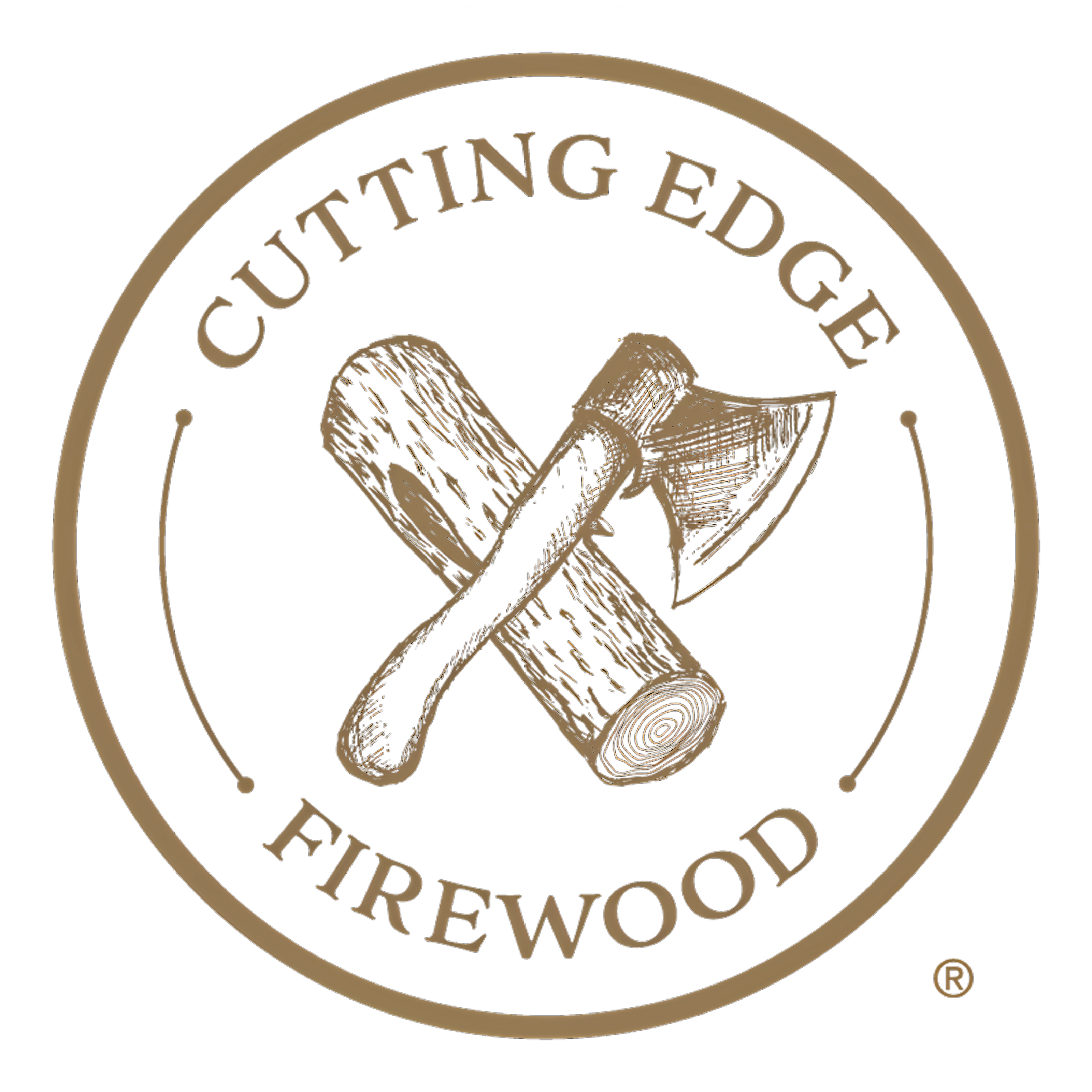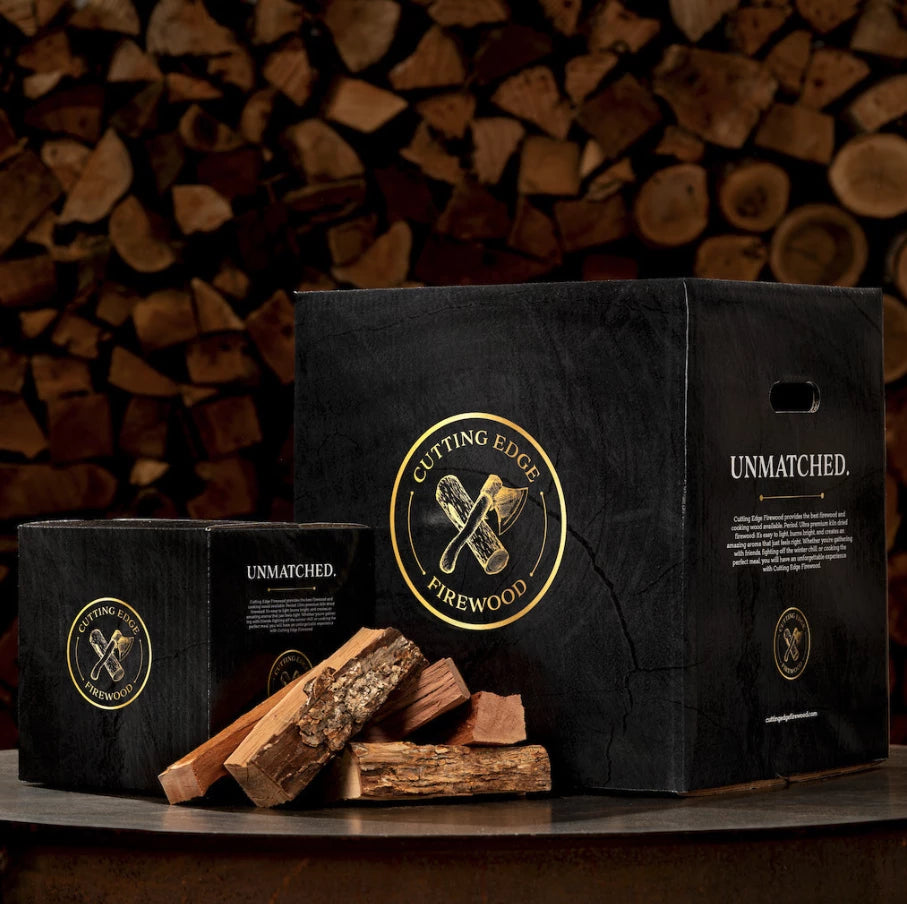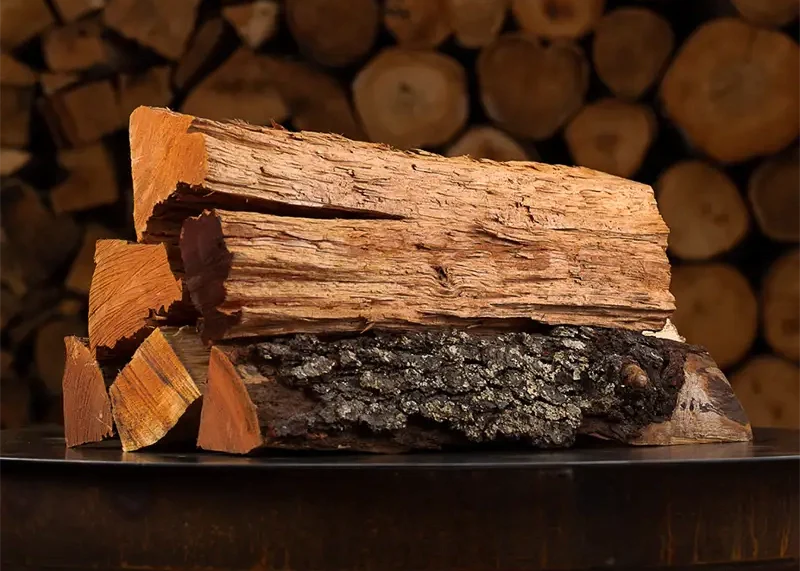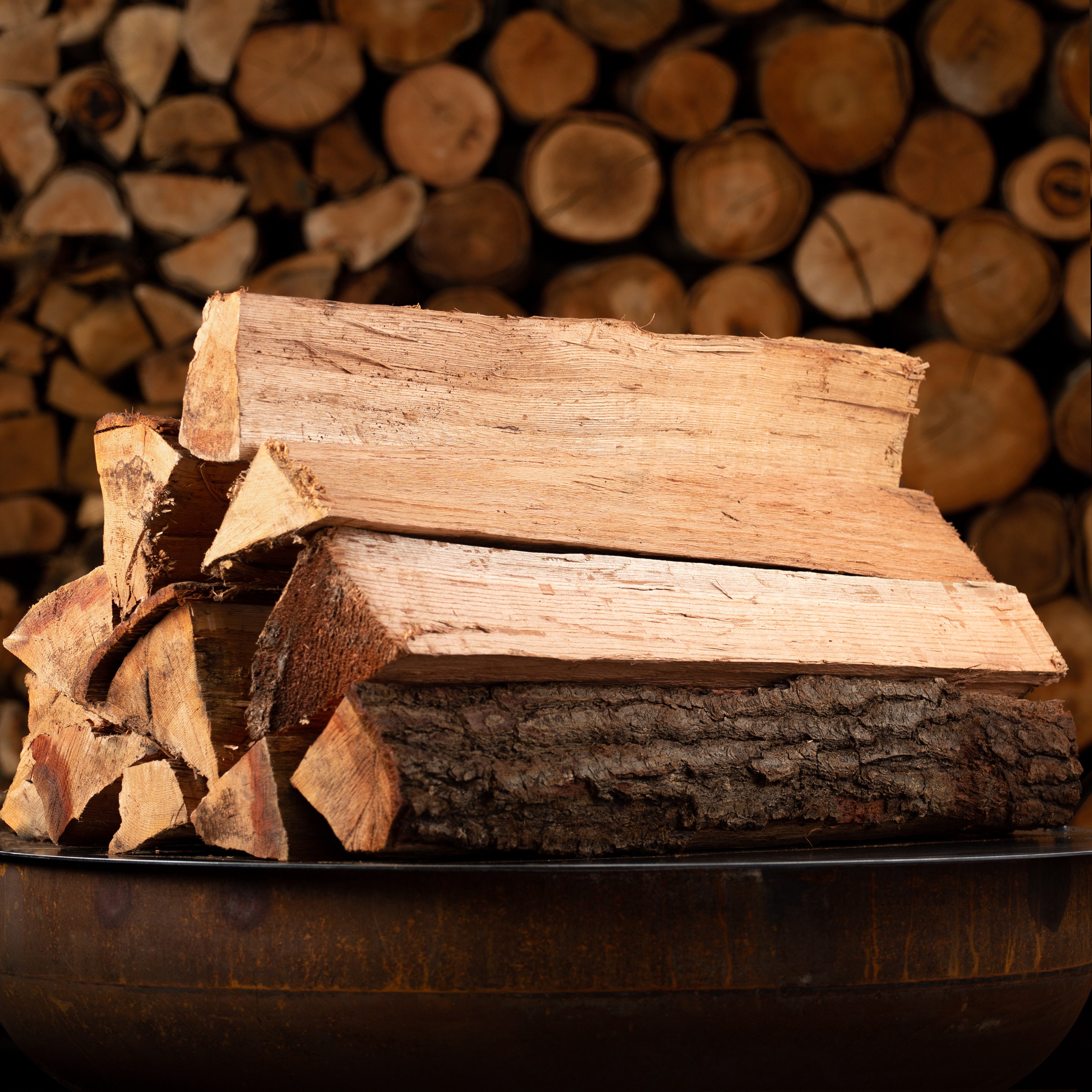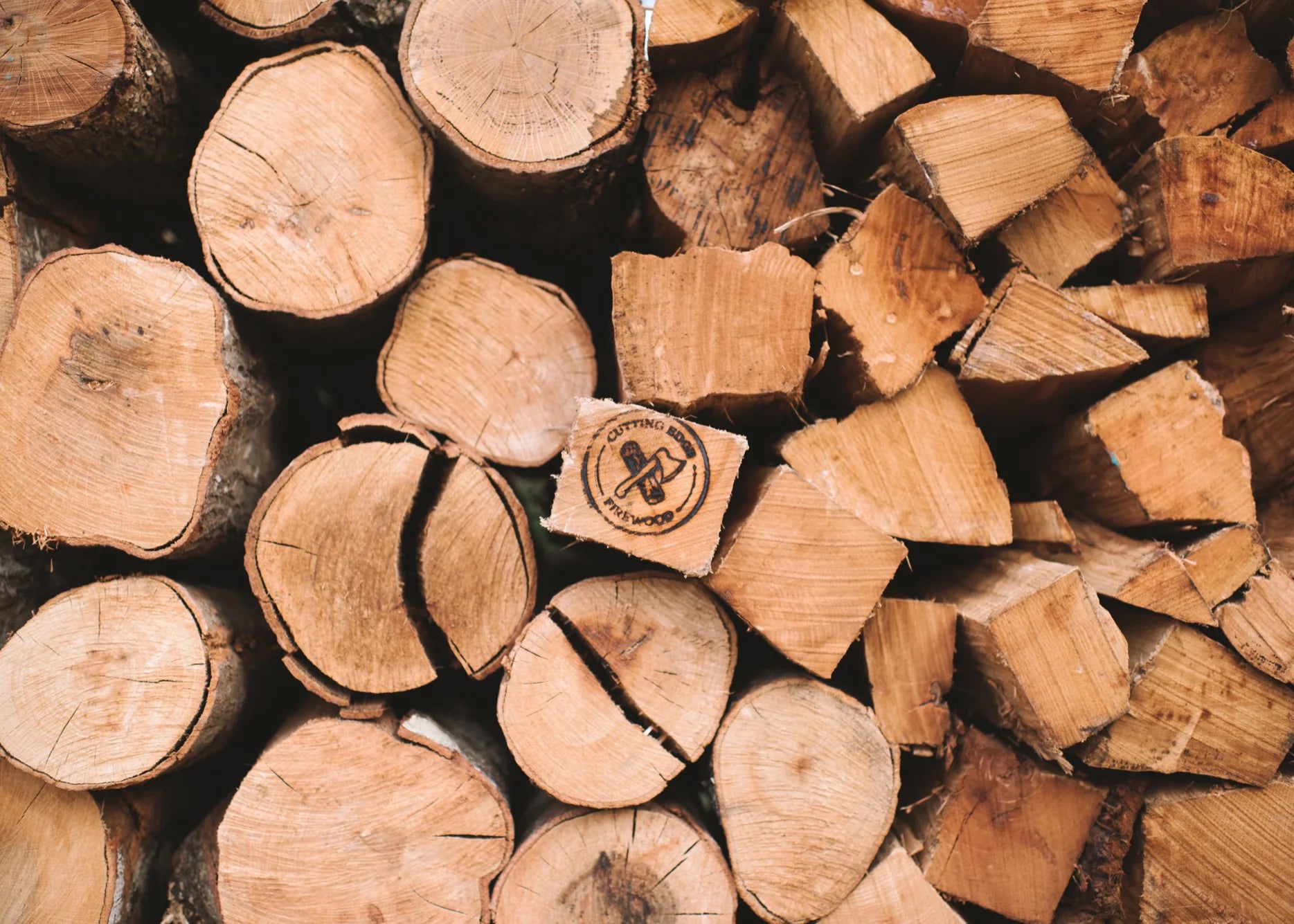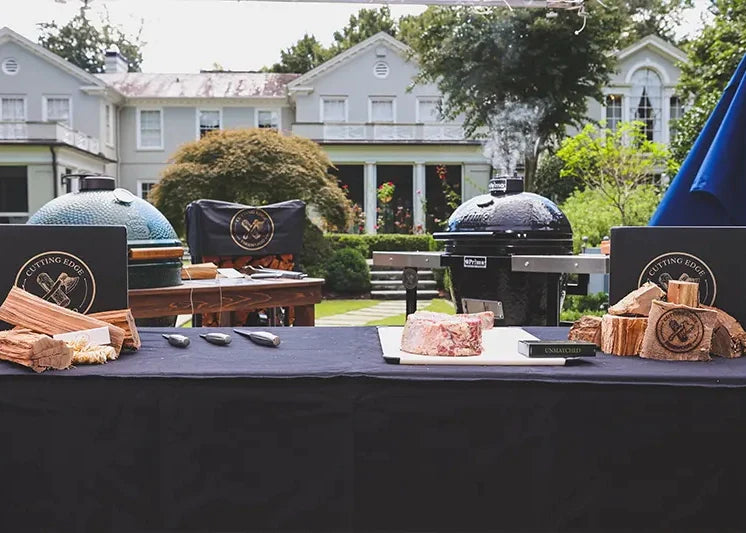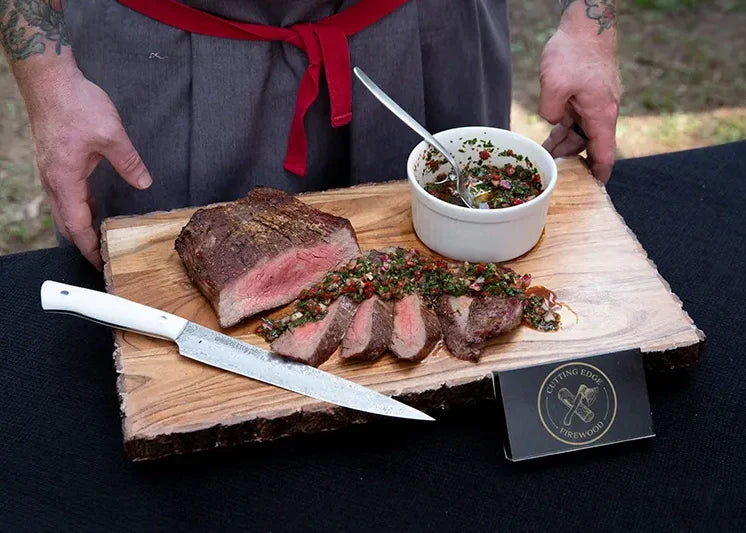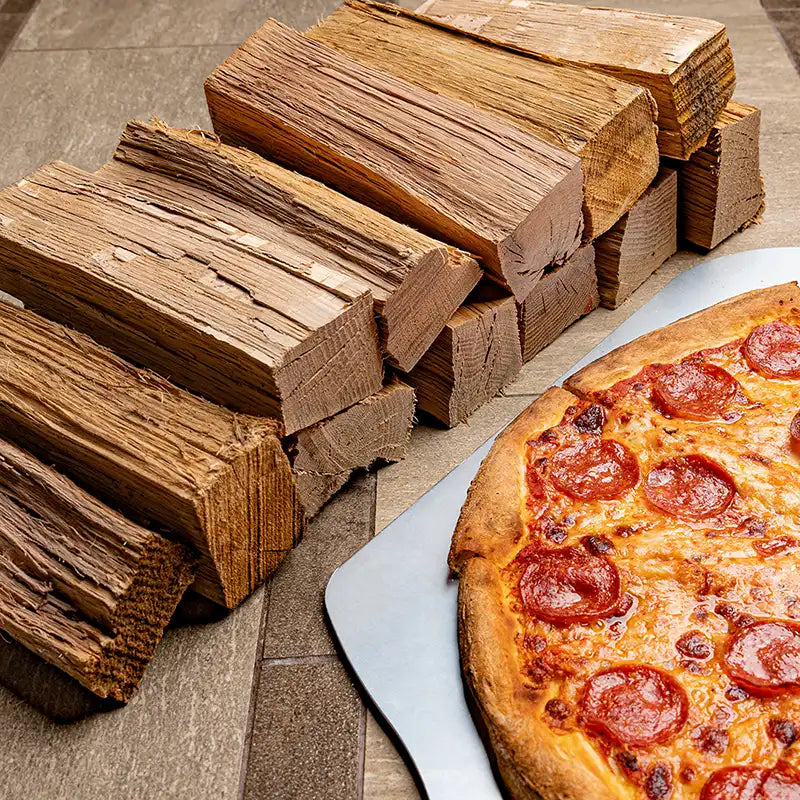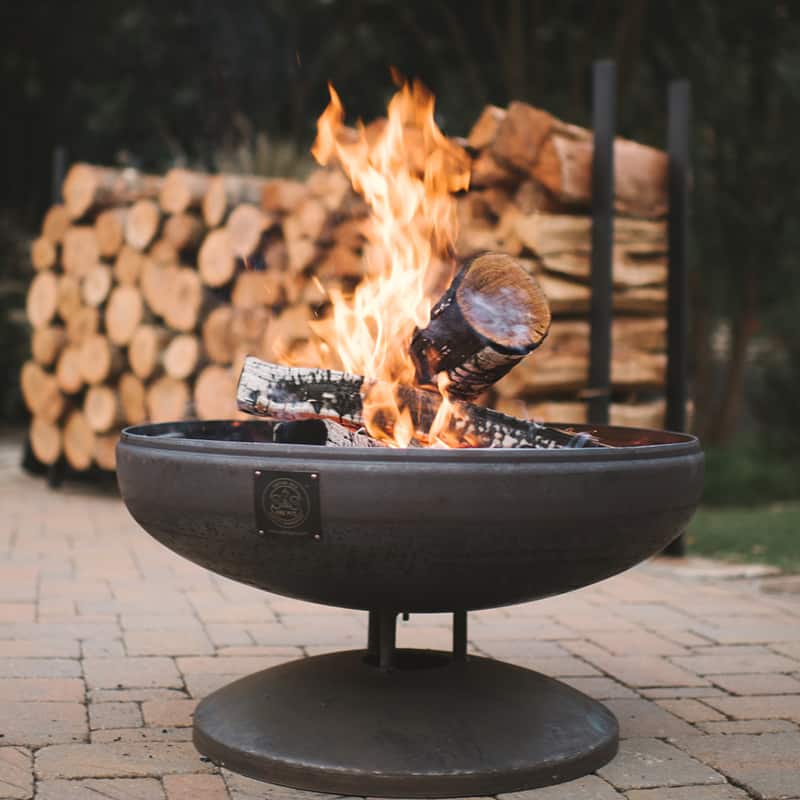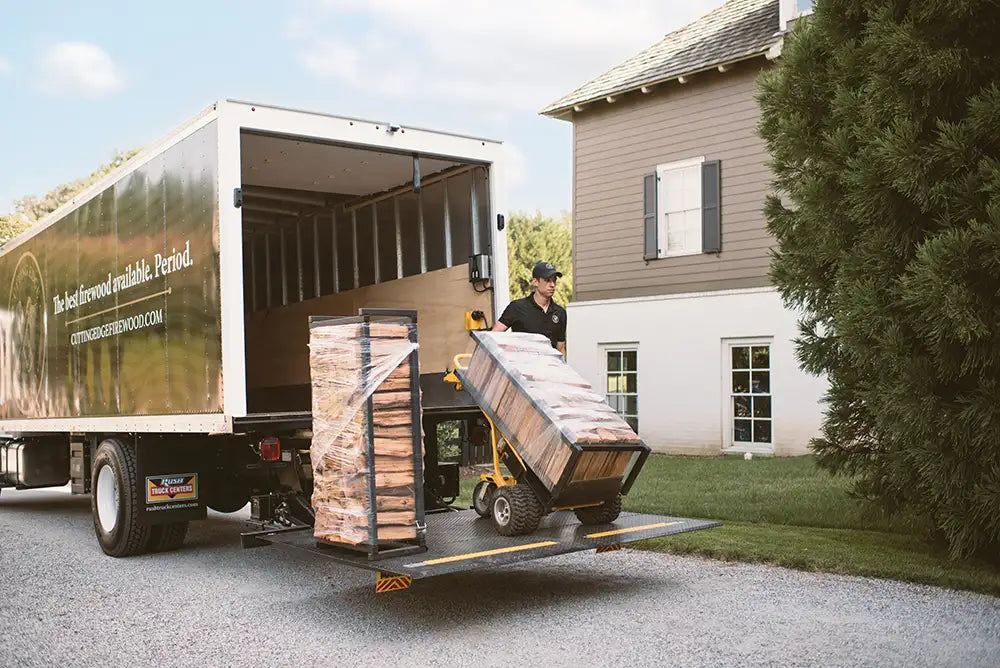Statistics show over 25,000 U.S. homes experience a chimney fire each year in the United States. While some of these chimney fires are minor, others are more severe and costly. Regardless, if your chimney catches fire, it's bad news for you and your family. But this shouldn't stop you from enjoying the warmth and relaxing ambiance offered by a wood-burning fireplace. By taking some preventative measures, you can prevent chimney fires from occurring.
#1) Install a Flue Liner
Assuming your chimney doesn't already have one, installing a flue liner can protect it from catching fire. A flue liner is a product -- typically made of ceramic or metal -- that's used to line the interior walls of a chimney flue. Once installed, it will seal and insulate your chimney flue so that it's better protected against catching fire. Without a flue liner, the heat produced by your fireplace may damage the brick walls of your chimney flue, allowing for the buildup of toxic and flammable gases.
#2) Install a Chimney Cap
In addition to a flue liner, you should consider installing a chimney cap. As the name suggests, a chimney cap is a "cap" that's placed on top of a chimney. They consist of wire mesh that, once installed, prevents debris from entering the chimney. With its wire mesh design, both heat and smoke can still pass through the chimney cap. Debris and animals, however, cannot pass through the chimney cap. How does a chimney cap lower the risk of chimney fires exactly? Well, it's a little-known fact that birds are responsible for many chimney fires. They'll enter a chimney through the top to build nests inside the flue. If there's a bird's nest in your chimney flue when you build a fire, it may catch fire. You can keep birds, squirrels, raccoons and other animals, as well as debris, out of your chimney flue by installing a chimney cap.
#3) Seal Area Between Stove Pipe and Flue
If you have a wood-burning stove connected to a chimney, as opposed to a traditional fireplace, you should seal the area where the stove pipe meets the flue. The Insurance Information Institute (III) explains that it's perfectly fine to connect a wood-burning stove to a chimney but only if it's sealed. Stove pipes are typically narrower than chimney flues. As a result, heat and smoke may leak at the area where these two components meet. By sealing the area between the stove pipe and flue, heat and smoke will escape out through the chimney.

#4) Burn High-Quality Kiln Dried Firewood
Burning the right type of firewood plays an essential role in protecting against chimney fires. If the wood is wet, damp or otherwise has a high moisture content, it may lead to creosote buildup. Creosote is a highly flammable and volatile tar-like substance that's created as a byproduct from the incomplete burning of wood. When wood doesn't burn all the way, it releases creosote that rises up and into the chimney flue. And because creosote is thick, it sticks to the interior walls of chimney flues where it restricts airflow and increases the risk of a chimney fire.
High-quality kiln dried firewood, however, prevents creosote buildup by offering a more complete combustion process. It has less moisture than air-dried firewood and fresh/green firewood, allowing it to burn more completely. As kiln dried firewood burns, it produces clean heat without the creosote found in other, lower-quality types of firewood.
#5) Build Bigger Fires
It may sound paradoxical, but building bigger fires can lower the risk of a chimney fire. Smaller fires, not surprisingly, produce less heat than bigger fires. If a fire doesn't get hot enough, the wood won't burn completely, which can lead to creosote buildup as previously mentioned. By building bigger fires with more firewood, you'll promote a cleaner chimney flue that's free of creosote. Regardless of the size of your fires, just remember to use high-quality kiln firewood and not any of these seven types of firewood.
#6) Clean Inside of Firebox
Don't forget to clean the inside of your fireplace's firebox on a regular basis. Allowing ashes to accumulate inside the firebox may sound harmless, but it can increase the risk of a chimney fire. Wood ash doesn't burn. When you build a fire in a dirty, ash-covered firebox, some of the ashes may rise up and into your chimney flue where they stick to the walls. The ash will then restrict airflow into and out of your fireplace, meaning flammable gases like carbon monoxide will accumulate inside the chimney flue as well as inside your home.
#7) Watch for Warning Signs
When building fires in your fireplace or wood-burning stove, you should look for warning signs that could lead to a chimney fire. You can't always predict if or when a chimney fire. However, there are several warning signs that indicate a high risk of a chimney fire. By keeping an eye out for the following signs, you'll have a better understanding of whether your fireplace or wood-burning stove is safe to use.
Here are some of the warning signs to look for with your fireplace or wood-burning stove:
- Frequent crackling or popping
- Smoke billowing into your home rather than up and out the chimney
- Harsh or noxious odor coming from your fireplace or wood-burning stove
- Visible creosote deposits inside the firebox or flue
- Heat-related damage to walls or structures around the fireplace
- Broken flue tiles
- Starting your fireplace or wood-burning stove creates a miniature explosion rather than a subtle fire

#8) Get Your Chimney Inspected
Getting your chimney inspected can lower the risk of a chimney fire. The National Fire Protection Association (NFPA) recommends homeowners get their chimney professionally inspected at least once a year. Unfortunately, many homeowners are guilty of never getting their chimney cleaned. It's only when a chimney fire occurs that homeowners recognize the importance of a professional cleaning service. Don't wait until a chimney fire occurs at your home. Stay on top of maintenance by scheduling an annual appointment for a chimney sweep to inspect your chimney. During the inspection, a chimney sweep will assess the exterior and interior of your chimney to determine whether it needs cleaning or repairs. Along with the other tips listed here, an annual chimney inspection will help lower the risk of a chimney fire.
#9) Use Carbon Monoxide Detectors
Because chimney fires are often attributed to carbon monoxide buildup, you should use carbon monoxide detectors inside your home. If carbon monoxide builds up inside your home, it may lead to either carbon monoxide poisoning and/or a chimney fire. How many detectors do you need exactly? It really depends on the size of your home. A good rule of thumb is to install at least one carbon monoxide detector on each floor. If you have a two-story home, you should install at least two detectors. If you have a three-story home, you should install at least three detectors. With that said, you can always install additional carbon monoxide detectors for extra protection against this toxic and flammable gas.
Find the best deals on premium kiln-dried firewood by visiting our online store today. Cutting Edge Firewood offers a variety of kiln-dried firewood, all of which will burn hot and clean to protect against chimney fires.
